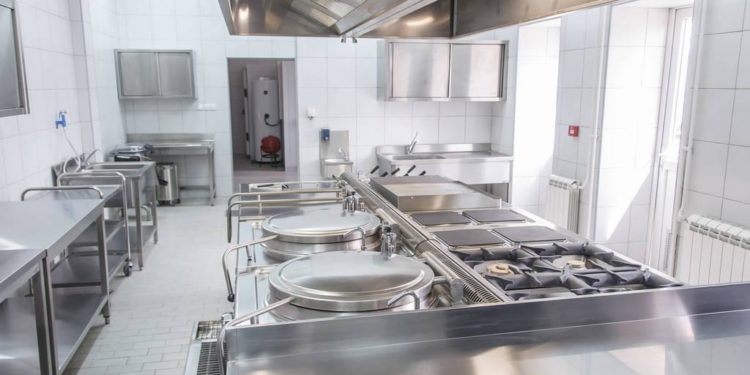In professional kitchens – whether it’s a small café with ten seats or a cafeteria serving hundreds – ventilation plays a critical role. When the air stands still, heat presses down, and odors linger, no level of culinary mastery will help. And let’s not forget the health regulations. So, the exhaust system has to be powerful, reliable, and properly selected.
What matters first and foremost? Of course, the kitchen ventilation fan. That’s what extracts heat, smoke, grease, odors, and makes the air breathable. It must perform stably, without overheating or excessive noise. In this regard, Vents offers an impressive range: models for different duct sizes, temperature capacities, EC motors, and sound-insulated casings. Each comes with detailed technical descriptions, so it’s easy to match the fan to the actual project requirements.
Temperature and operating conditions
Air above the stove is rarely cool – 90-100 °C is common. And with grills or fryers, it can go even higher. If a device isn’t built for it, overheating, insulation damage, and motor failure follow.
Fans rated for up to 120 °C are the new standard. Good examples include VSK and KSK. These Vents models can handle steam, grease-laden air, and high humidity. The key is proper installation and regular cleaning.
Noise level
One of the biggest issues in kitchen ventilation is the constant hum of the fan. Long-term work in noisy rooms tires people quickly. So, a sound-insulated casing is essential in places where staff work 10-12 hours a day.
Factors affecting noise:
- the fan’s casing design;
- impeller quality and balance;
- motor type.
Quiet fans are very important in smaller kitchens or where ventilation units are located close to work areas.
Motor type: EC vs. traditional
Both EC (electronically commutated) and traditional AC motors are widely used in professional kitchen ventilation, and each has its advantages depending on the task. AC motors are time-tested, reliable, and well-suited for straightforward ventilation systems with consistent airflow demands. They remain a solid choice where simplicity and cost-efficiency are the priority.
EC motors, in turn, offer enhanced control and efficiency. Especially useful in kitchens with variable workloads or when integrating ventilation into automated systems.
Main benefits of EC motors:
- 20-30% more energy-efficient under the same load;
- operate more quietly;
- offer precise control without extra equipment;
- generate less heat, which means longer service life.
Vents offers models with both motor types. Prefer EC? Take a look at VSK EC – a bit higher upfront cost, but greater efficiency in the long run.
Installation and maintenance
Often overlooked – but crucial. If a fan is hard to install or service, it will cause downtime. A fan that can be dismounted and cleaned in 15 minutes makes daily work much easier.
Convenience factors:
- can be installed in any position – vertical or horizontal;
- easy access to the impeller and motor;
- standard mounts and connections – no custom parts needed;
- compatible with automation systems.
Vents’ designs are compact, service-friendly, and installer-ready – practical for both setup and ongoing maintenance.











































































